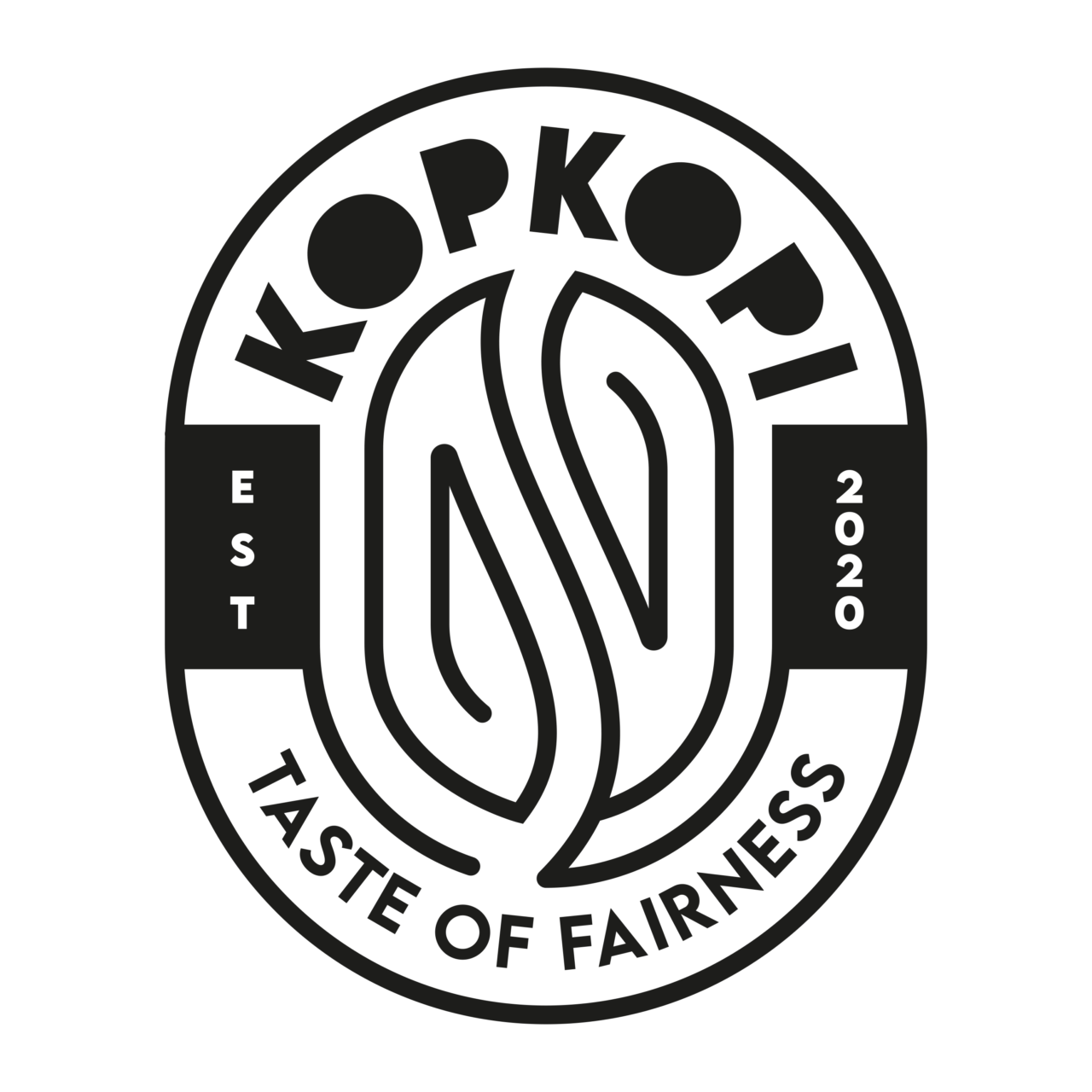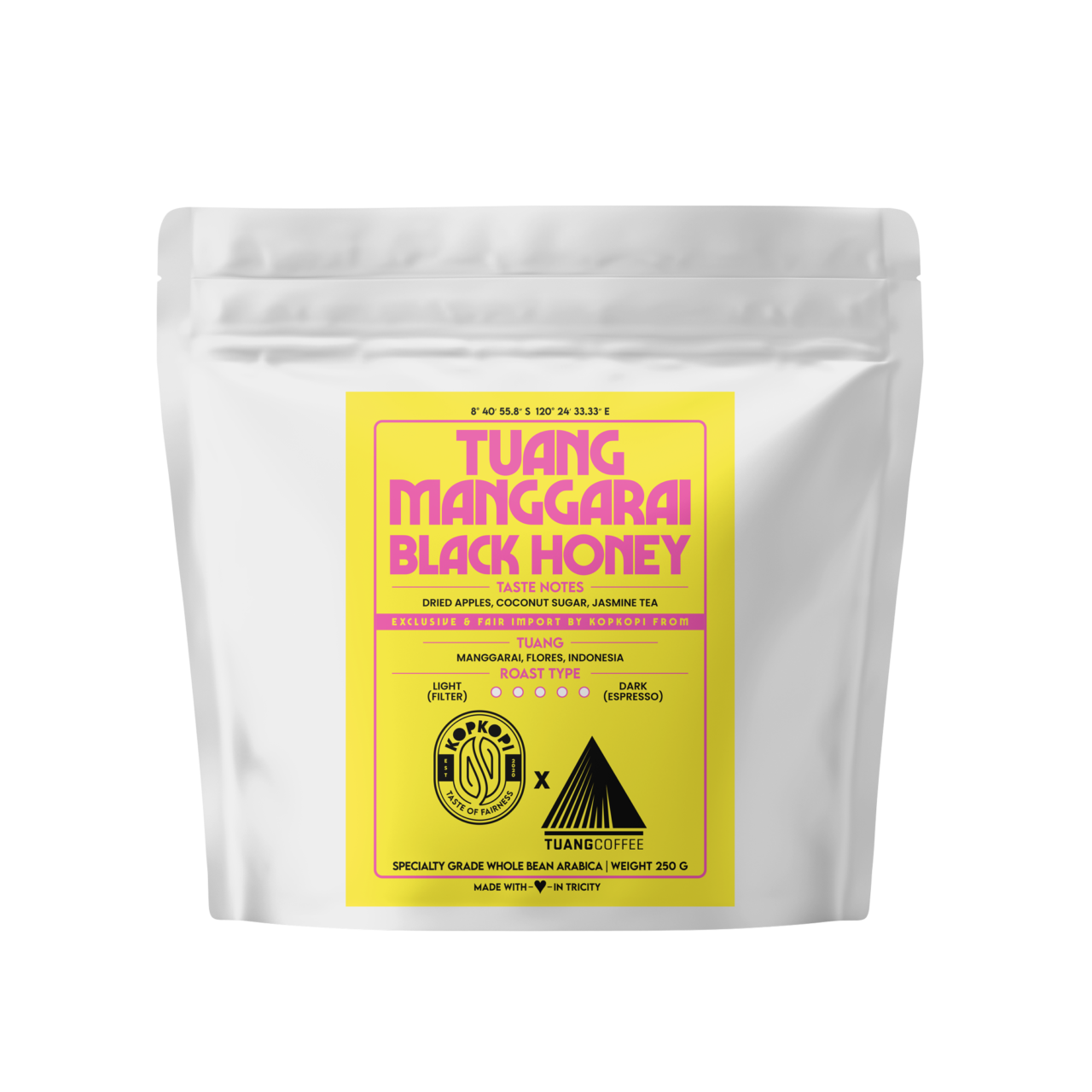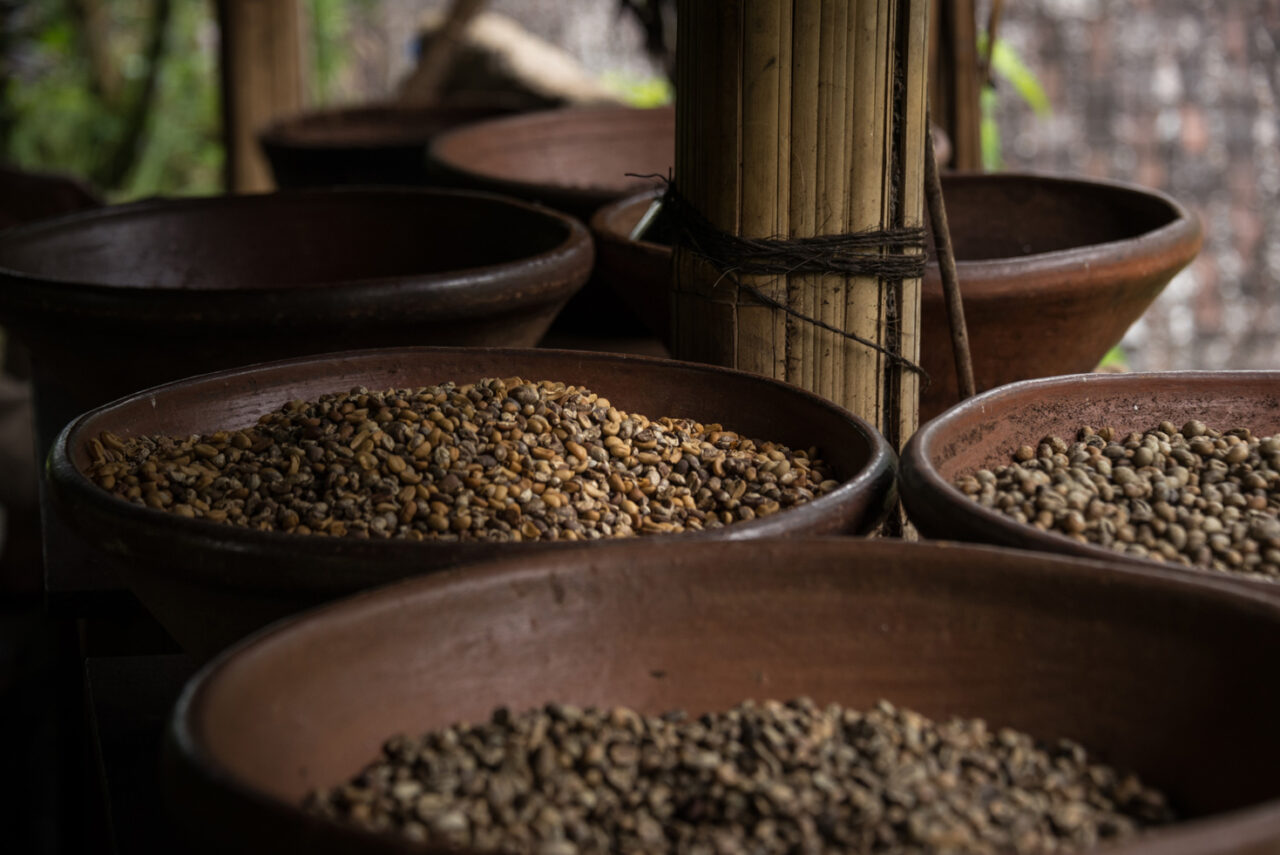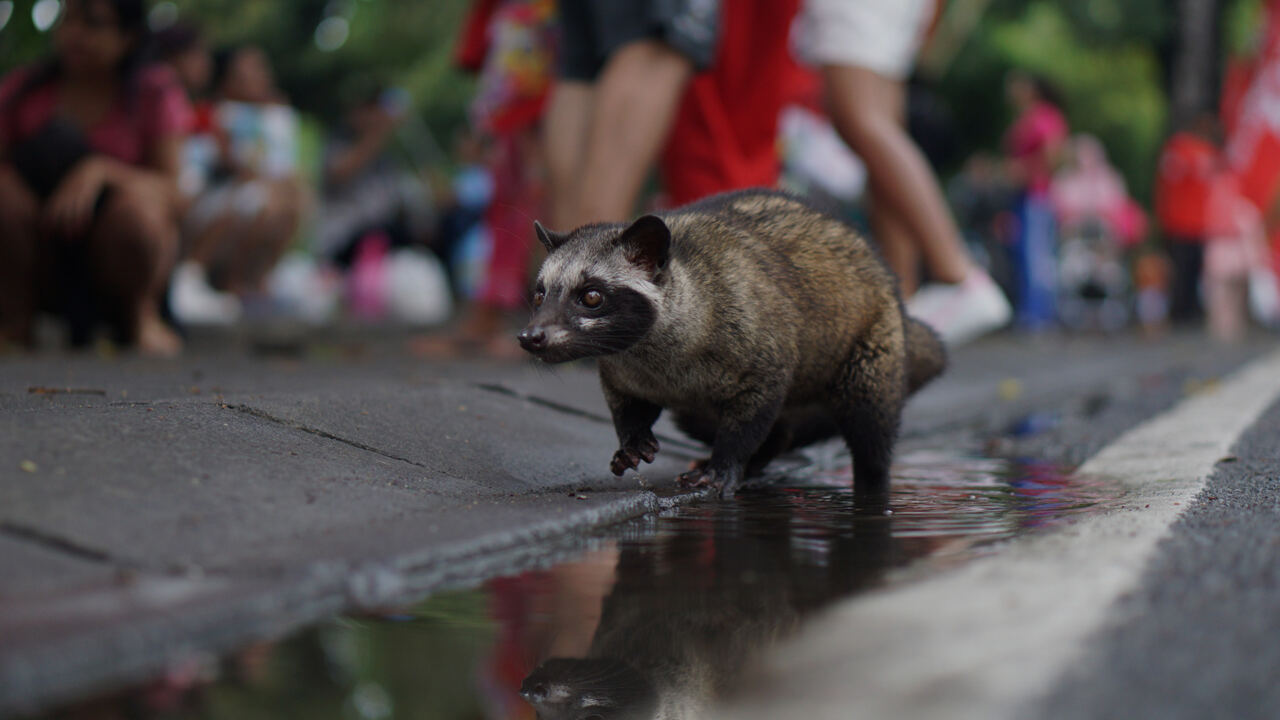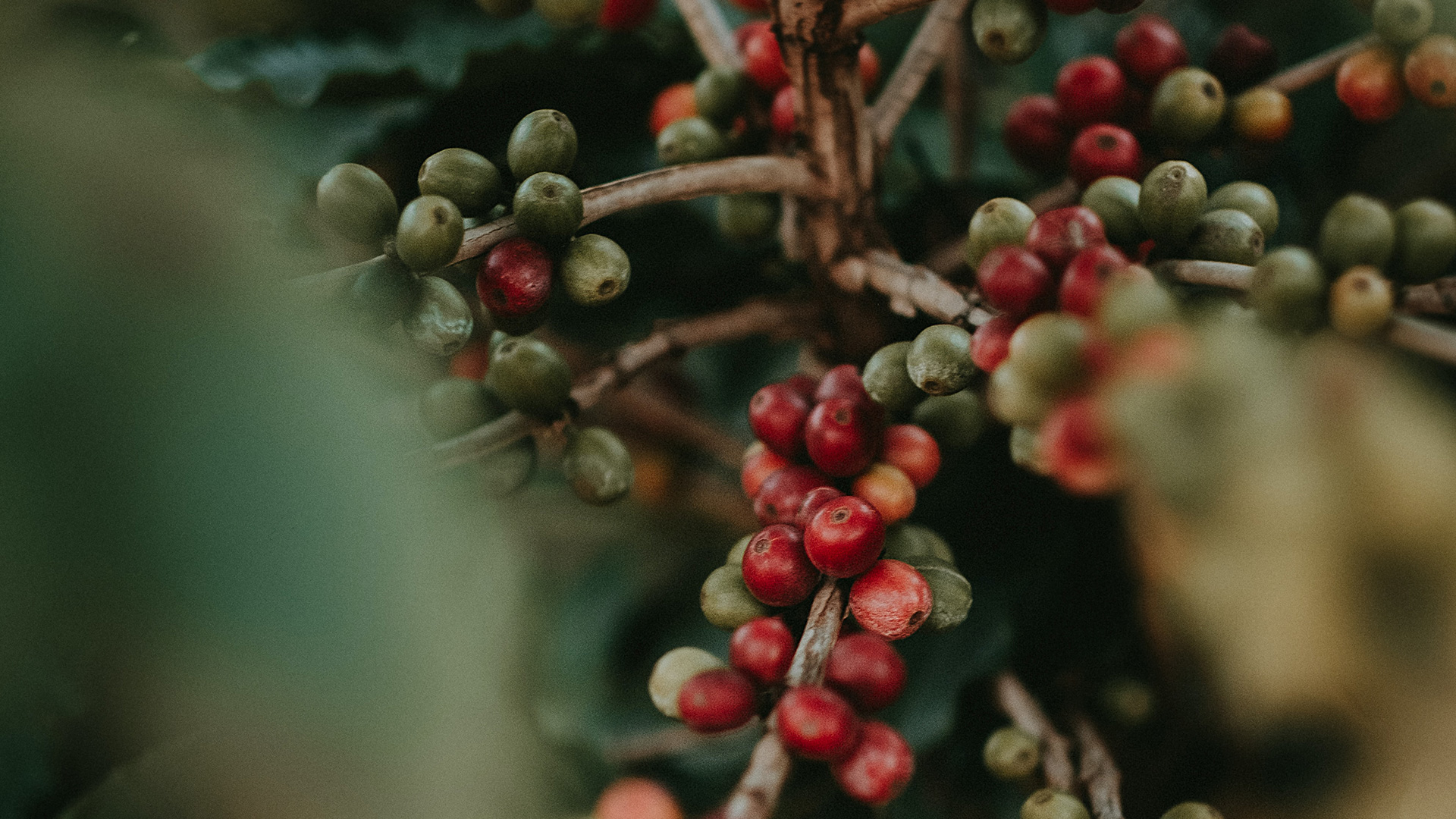History of coffee in Indonesia, a timeline
Something for those always looking for curiosities, as well as for those who just accidentally learn something very cool!
Below you will find a short history of coffee in Indonesia – its cradle, colonizers from the Netherlands and stories about the first plantations, pirates and royal expeditions.
We invite you to delve into undiscovered stories straight from the Indian Ocean – sit back (preferably with a cup of Indonesian coffee in your hand) and learn more.
17TH CENTURY
In 1614 Dutch traders visited Aden in Yemen. Pieter van den Broecke, a cloth merchant in the service of the Dutch East India Company (Vereenigde Oost- Indische Compagnie—VOC), visits the bustling trading port of Mocha on the southernmost tip of the Arabian Peninsula where he stumbles upon a drink that he describes as “something hot and black”.
He believes the drink, called qahwa by the locals, is interesting enough to be brought back to Amsterdam for analysis. For this he needs the seeds and given that the penalty for exporting seedlings is death, he is forced to smuggle them out. By 1616 Pieter van den Broecke was the first one to steal a bush from Mocha, Yemen and became the first person to bring a live coffee plant to Europe!
In 1640, the magical drink arrived in Amsterdam in the local cafes.
The Dutch by this time considered how to grow the coffee by themselves, rather than buying from Yemen and later from India.
The VOC, which is empowered to fight wars, drove the Portuguese from Ceylon by 1658—known today as Sri Lanka, hence securing the monopoly over cinnamon. As a bonus, it also acquires a small coffee plantation that is ready for harvesting. The Portuguese had colonized the Arabs 150 years previously and had stolen coffee seeds from them. Around this period, scientists at the Amsterdam Botanical Garden successfully cultivated coffee plants. They send some of the seeds to India’s Malabar Coast for planting.
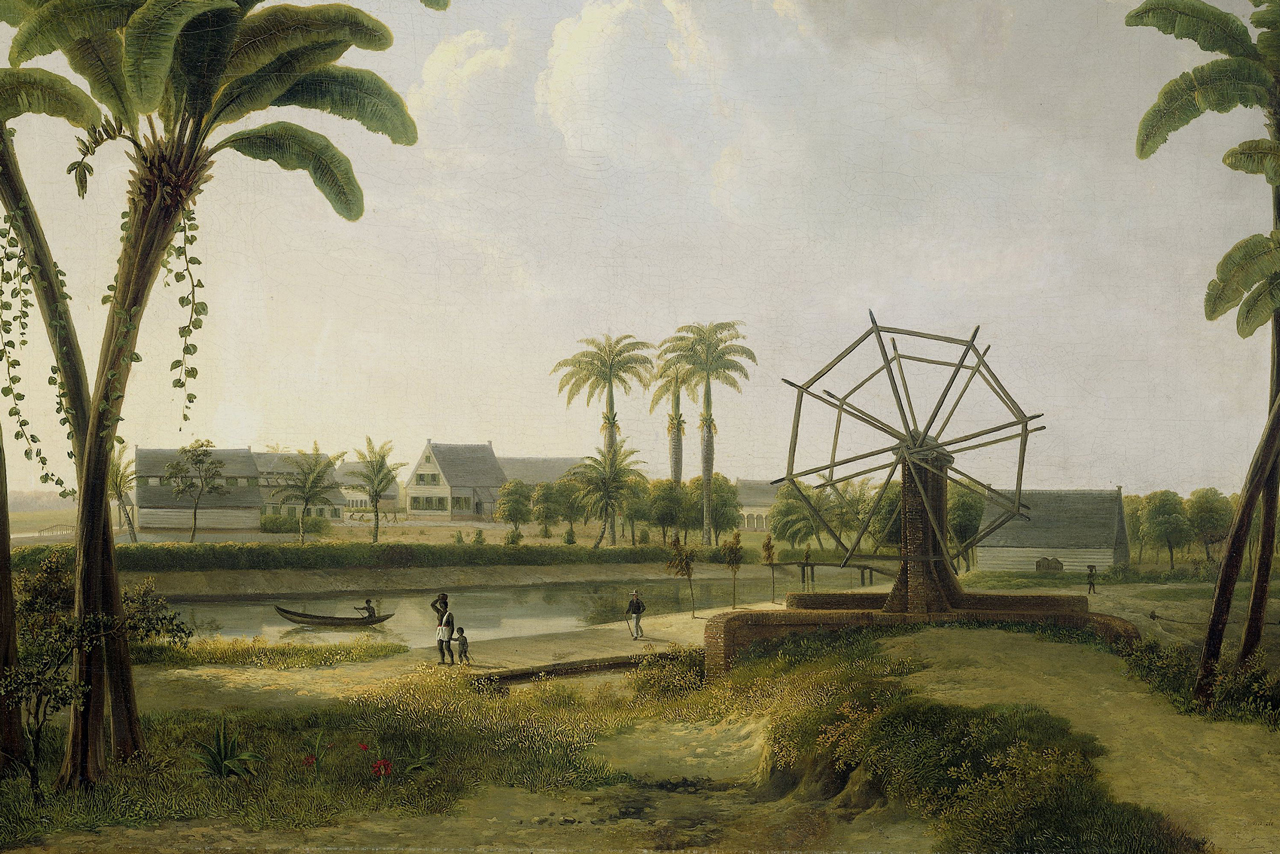
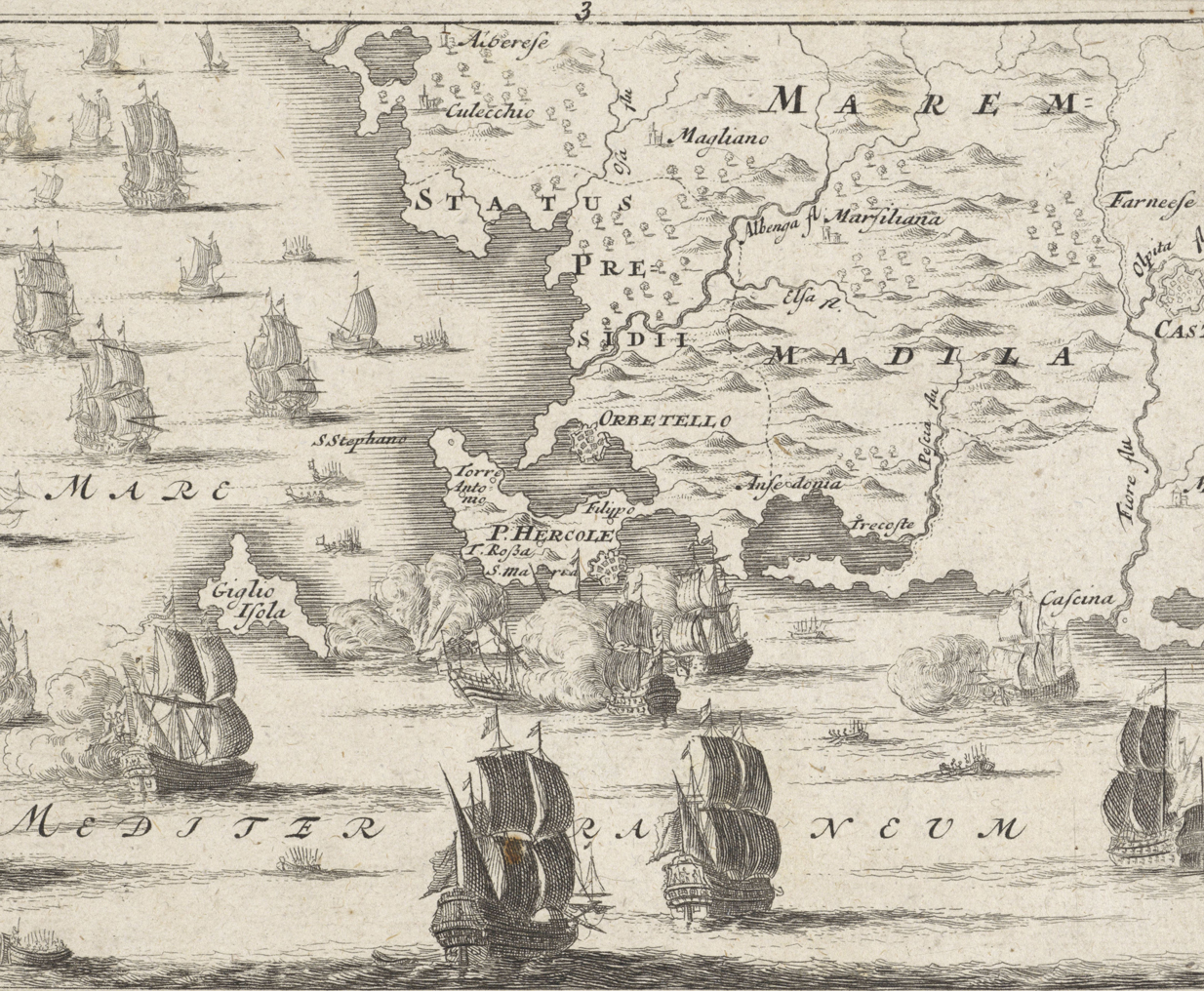
VOC
A little side tour – the VOC was often regarded as the first Ltd company in the world, which directly was the world’s first multinational corporation.
Established in 1602 no other company predates. Granted powers to facilitate the spice trade, they became the monopoly of it, with powers to attack nations and individuals in their purpose of facilitating their trade, for 21 years. In 1619, only 17 years after its establishment it had 150 merchant ships, 50 warships, 50.000 employees, 10.000 soldiers and a ROI of 40% per annum.
The spice empire in Asia was ruled by the 17 Heren, The 17 Gentlemen (1725), who were shareholders representing different chambers of the VOC.
1669
The Mayor of Amsterdam, Nicholas Witsen, instructs Adrian Van Ommen, the Dutch commander of the Malabar Coast, to ship seedlings from the Indian city of Cannanore to Batavia in the Dutch East Indies.
The seeds are planted on the Kedawoeng Estate, which is owned by Governor-General Willem van Outhoorn.
The pioneering effort fails as the fledgling coffee plantation is destroyed by floods. A second shipment of seedlings reaches Java in the following year. After a successful trial run on the island, the Dutch set their eye on cultivating the coffee in Indonesia.
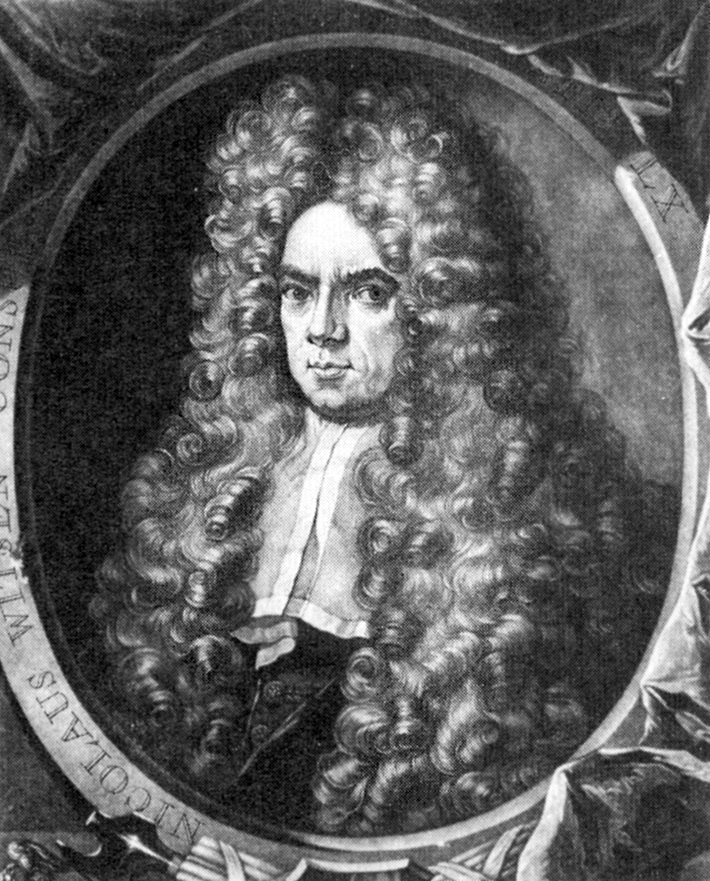
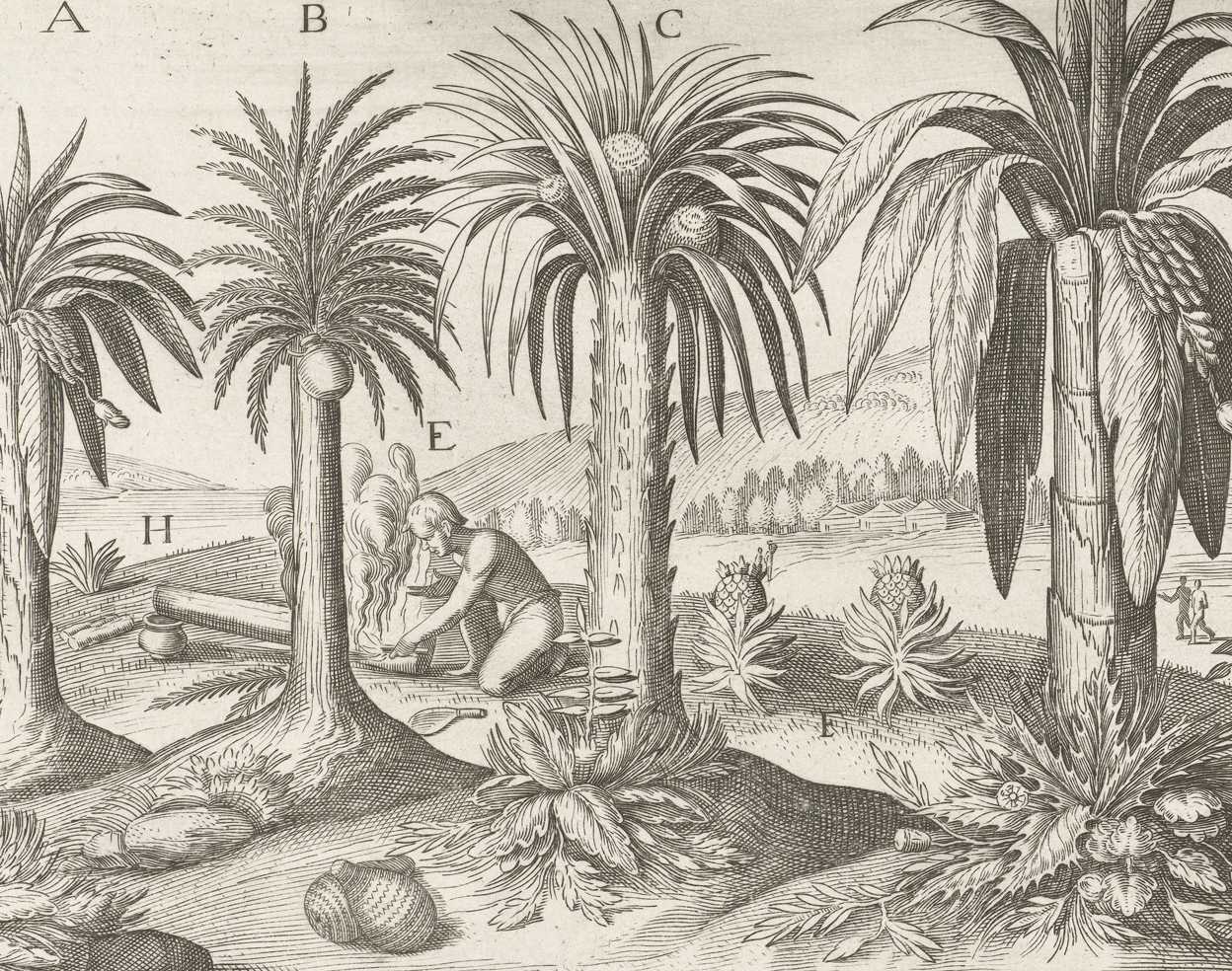
1696
The history of coffee in indonesia started 1696 in Java, Kedawoeng estate in Jakarta, or how it was known back in the days; Batavia. Unfortunately due to flooding this was not a success. It was 3 years that a high ranked Official in the VOC gave it another try. They moved land inwards from Jakarta toward the mountains and applied some of that dutch water management magic. These Yemenese varietal developed in Malambar, India, Arabica beans became the genes of most of the coffees found throughout Indonesia.
The plants traveled back along with their spoils to Amsterdam, which by the time of the 17th century was a rich trading hub for coffee from Asia, Africa and South America, due to the International character of the VOC. After 2 acclaims of being the best beans of the auction, and raised quite the premium for the dutch, colonially cultivated beans organised by the VOC.
1707
In 1707 The governor met with all the regents in Priangan to discuss growing coffee on the higher plateaus of West Java, South of Jakarta. This area was not only selected for its nearness to the trading port of Jakarta, but also for its favourable growing conditions for the industrious scale of coffee cultivation (high plateaus). Only one local regent agreed, from Cianjur regency.
In 1711 the first 405 kilograms arrived from Cianjur and received the highest price ever paid at an Amsterdam auction. The equivalent of around 20 USD per KG, or a day wage for a worker in Amsterdam at the time.
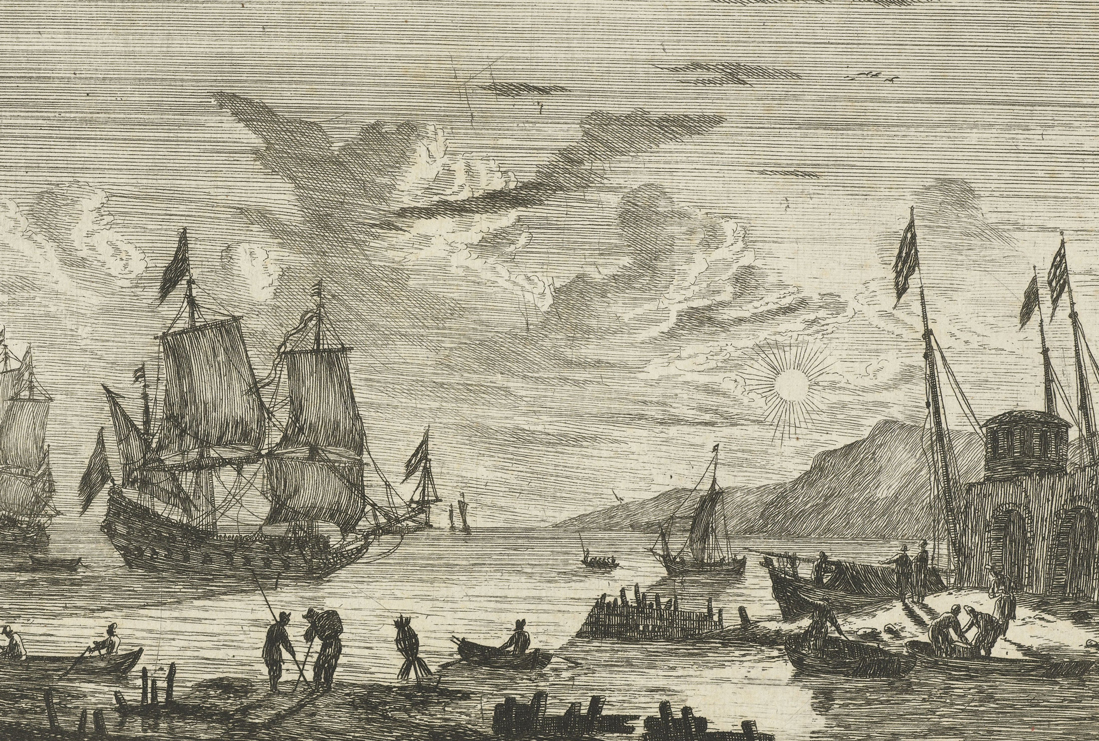
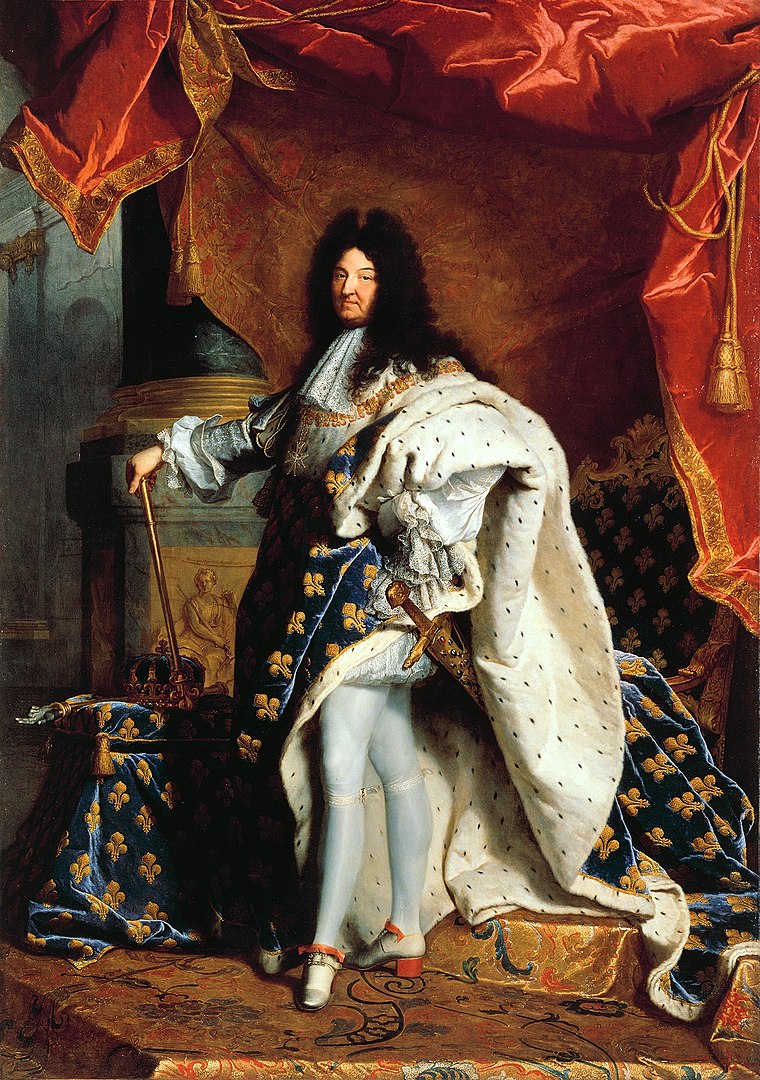
1714
King Louis XIV of France, asked for seeds of Coffea arabica var. Arabica or referred to as Coffea arabica L. var. typica which is hereinafter referred to as typika of the mayor of Amsterdam Nicolaes Witsen.
This is because the French King got the fact that Coffee from Java island got the highest price at an auction in Amsterdam, the Netherlands. So he wanted the coffee variety to be part of the Jardin des Plantes botanical garden in Paris, France. Javanese coffee seeds in the Jardin des Plantes botanical garden were brought by French naval officers to Martinique, one of the French colonies in the Caribbean.
In 1714, the Mayor of Amsterdam presented a gift of a young coffee plant to King Louis XIV of France. The King ordered it to be planted in the Royal Botanical Garden in Paris. In 1723, a young naval officer, Gabriel de Clieu obtained a seedling from the King’s plant. Despite a challenging voyage — complete with horrendous weather, a saboteur who tried to destroy the seedling, and a pirate attack — he managed to transport it safely to Martinique.
1720
Once planted, the seedling not only thrived, but it’s credited with the spread of over 18 million coffee trees on the island of Martinique in the next 50 years.
In addition, in the early 1720s, the Dutch also sent Javanese coffee seeds to Suriname, because they were tempted by the high price of the variety’s, to open a plantation there. Of the two places, Javanese coffee seeds spread to Central and South America. According to Prawoto Indarto, who studies the history of coffee, Java coffee’s traces can still be found in South America.
“Tipika is still found in their plantations,” he said. Blue Mountain coffee planted in Jamaica and Geisha (or Gesha) – in reference to a coffee-producing hamlet in Ethiopia-in Panama are two examples.
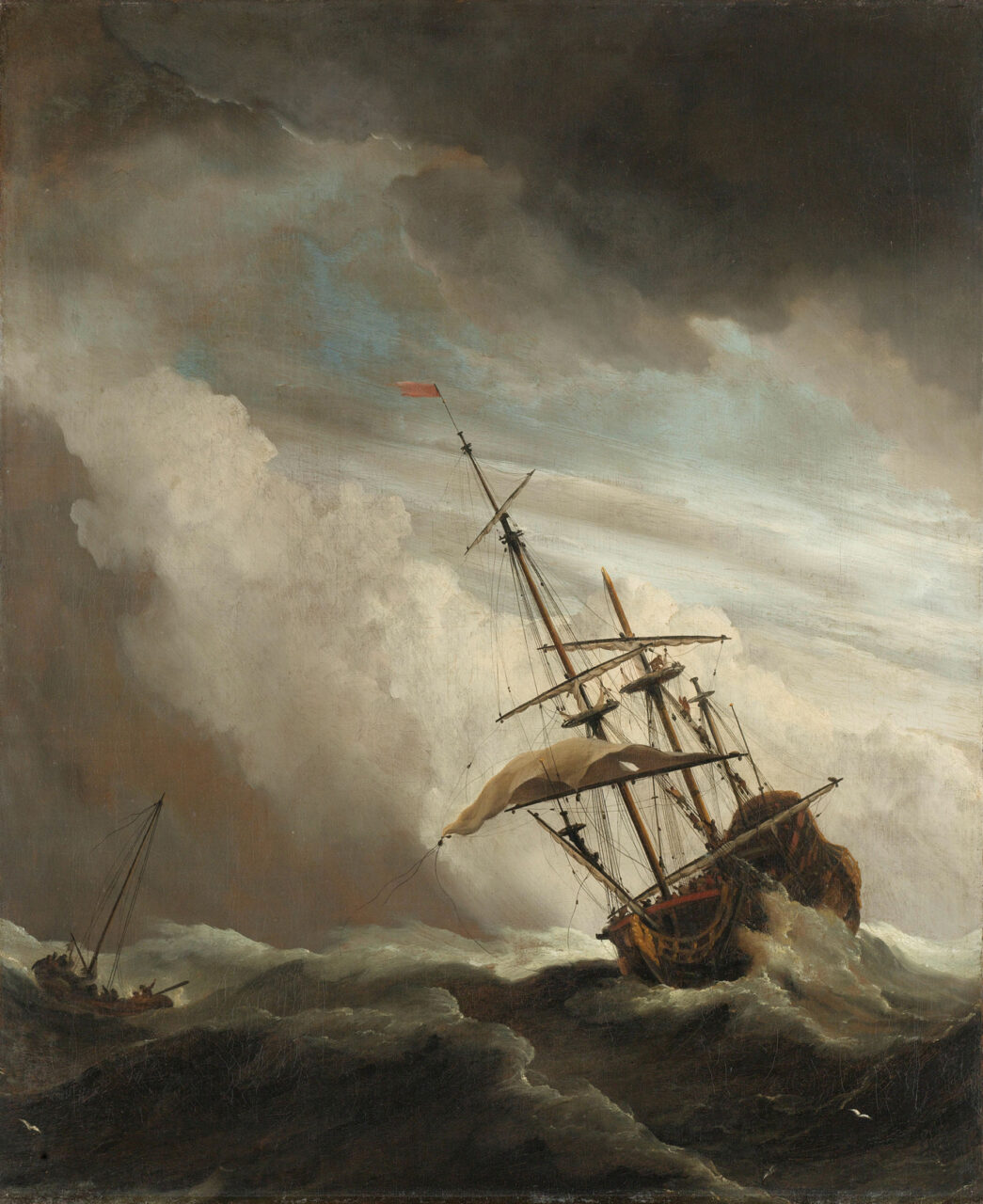
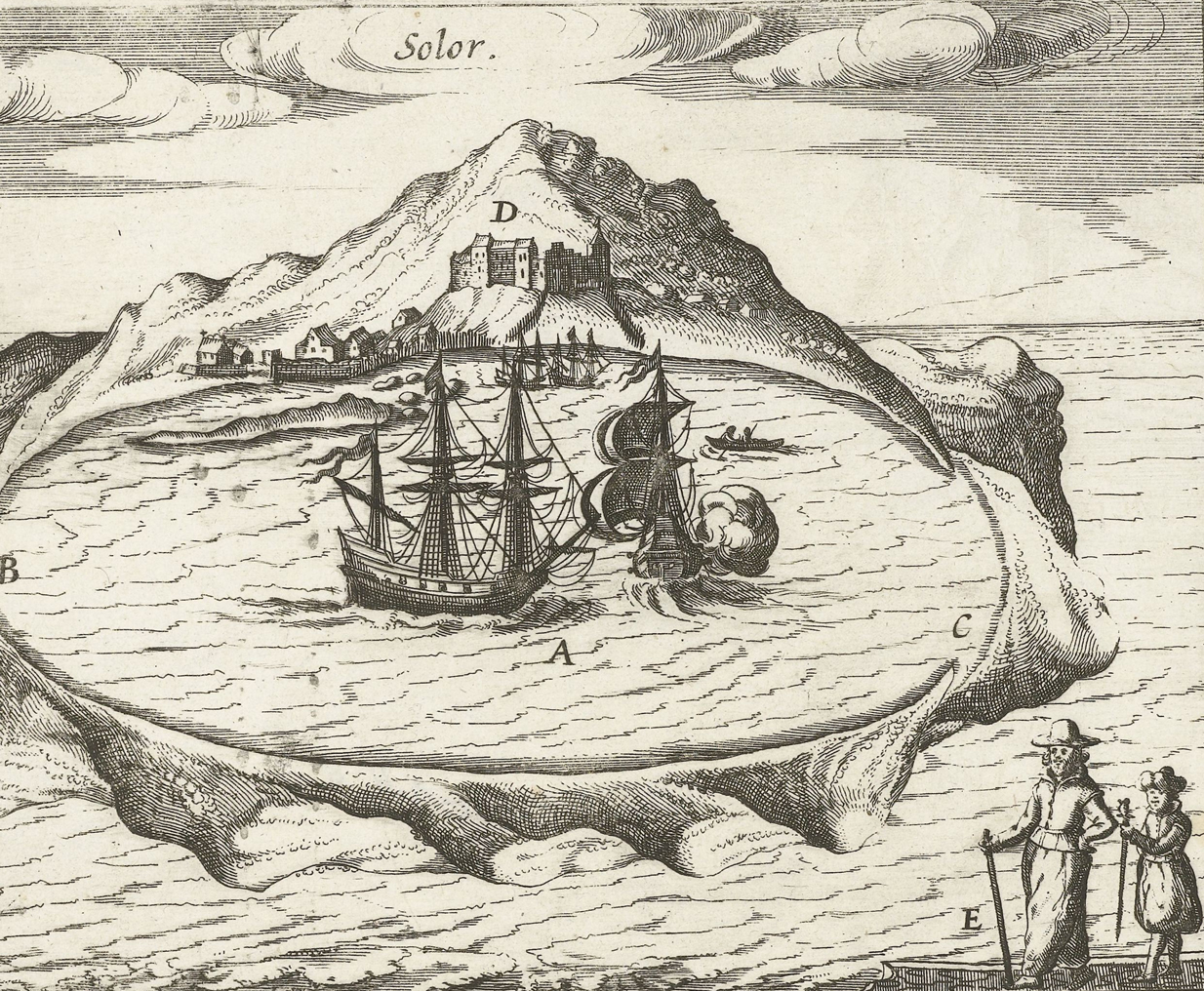
1726
In 1726, no less than 2,145 tons of coffee originating from the island of Java flooded the continent of Europe, defeating Mocha coffee from Yemen which had previously been the ruler of the market. And because of that, coffee originating from Java Island began to be known as Java Coffee.
In the early 18th century, Amsterdam became the world’s coffee capital thanks to the coffee beans supplied from Java to Europe. The coffee trade was profitable and was under the control of the Dutch colonial government.
The main region to supply the huge demand, with hyperbolic margins, was between 4 peaks near Bandung, West Java: Malabar, Mega, Puntang and Haruman.
Following the great profits from the trade, the Dutch further pushed coffee cultivation through the archipelago to East Java and later mandating its growth on Bali, Timor, Sulawesi and Sumatra.
1799
With the VOC reeling from financial disaster, the Netherlands government takes over control of the archipelago and appoints Willem Daendels as Governor-General in 1808. His landmark policy is the construction of the Great Post Road that stretches from Anyer in the west of Java to Panarukan in the east.
Apart from postal purposes, the road is essential for the mobilization of troops, as well as to transport coffee from plantations that are scattered throughout different regencies to the port of Batavia.
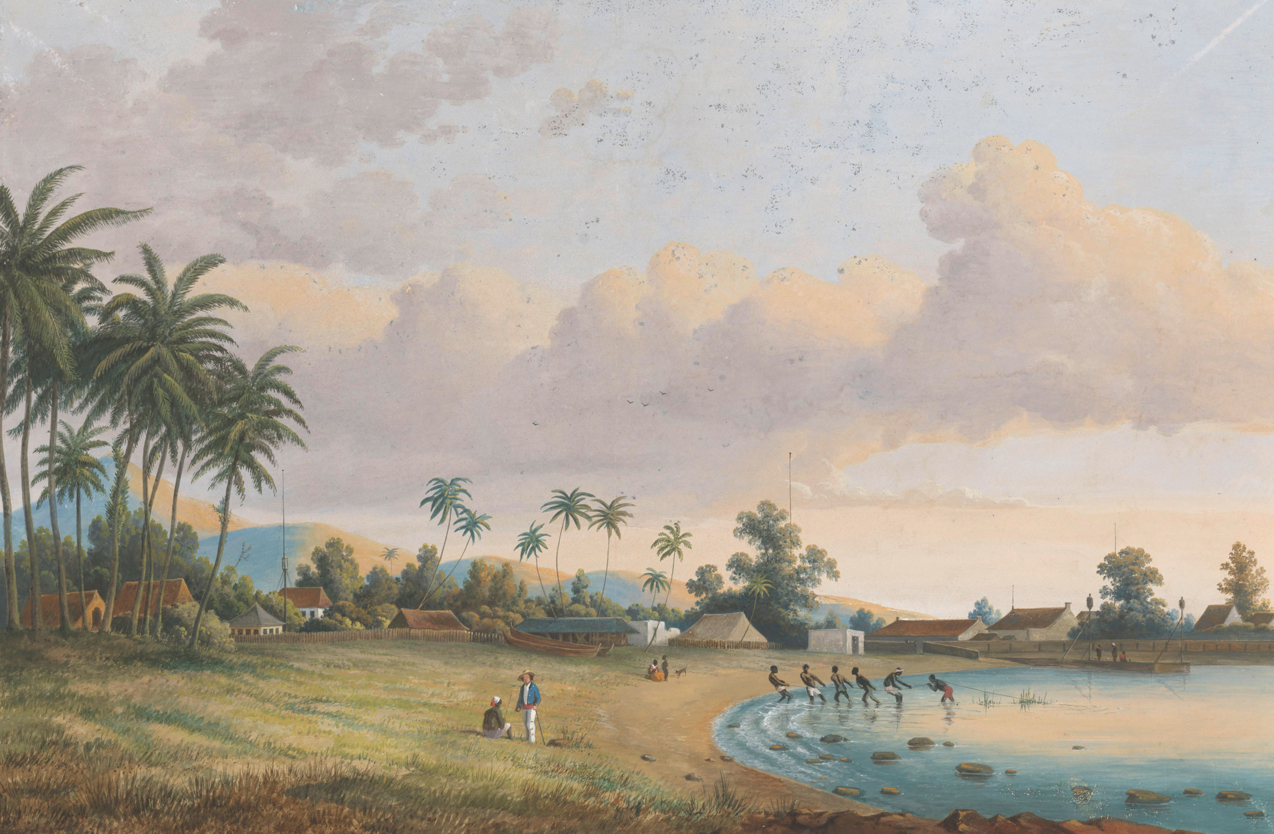
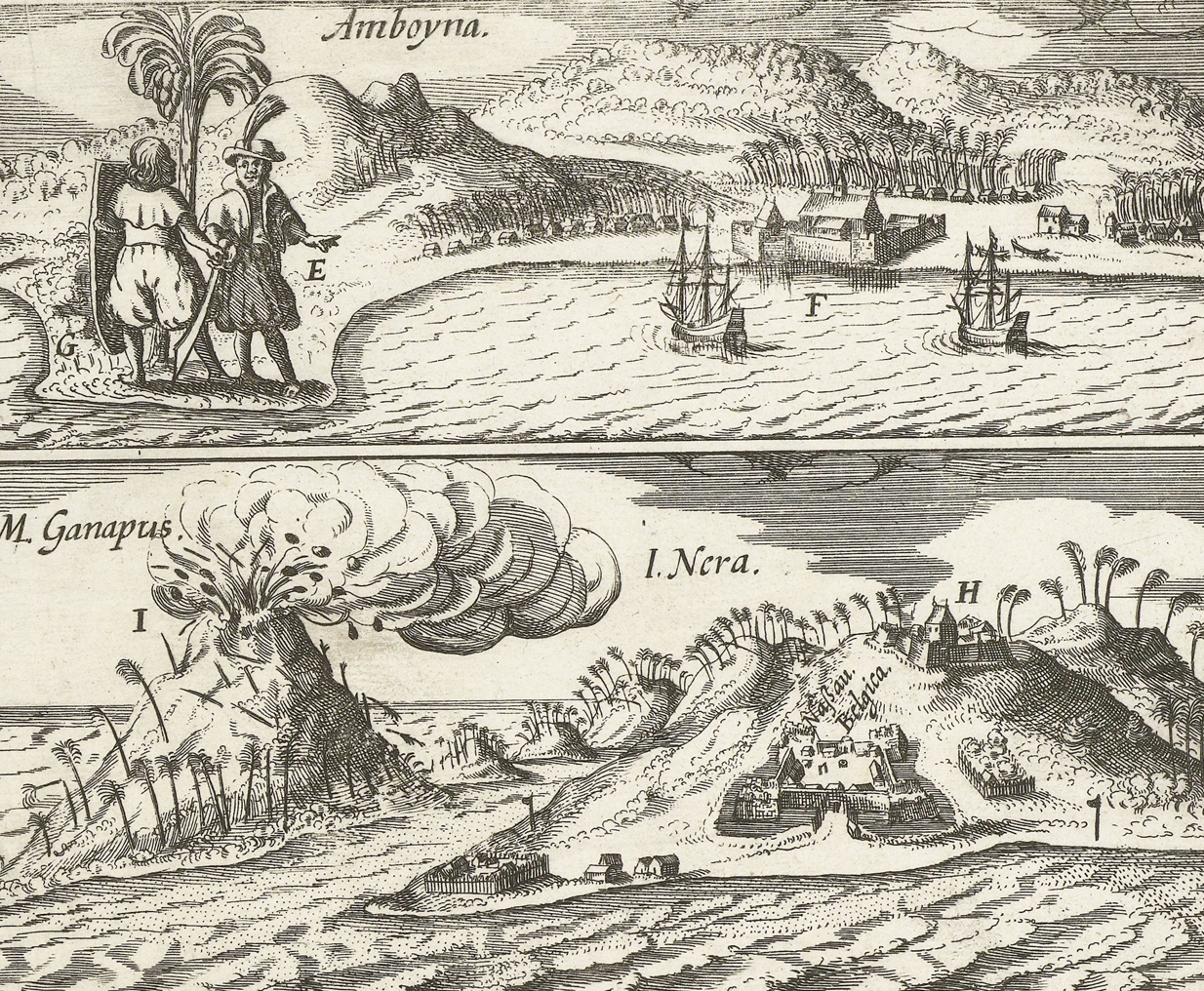
1876 AND LEAF RUST
In 1876 the whole lands of Coffee in Java were devastated by leaf-rust, which left a huge gap in supply that was quickly filled by the Brazilians.
As a first response the Dutch shipped Liberica varietal coffee that was native to west and Central African regions, these trees grew up to 20 meters, they produced larger fruit than arabica. The strategy worked, but unfortunately the success was short, as leaf rust attacked again in 1907, where the Dutch responded with the introduction of Robusta.
However due to the agricultural impact that Robusta cultivation had, the Dutch only replanted the old plantations with Robusta, while new ones continued on Arabica.
1893
The year is 1893, an exhibition to commemorate Christopher Columbus’s discovery of America was held in Chicago, presenting some of the latest technological and industrial innovations as well as cultures from across the world. One of the most popular venues at the event was the Java Village, an initiative bankrolled by some of the wealthiest benefactors in the Dutch East Indies.
The history of coffee in Indonesia found came to acclaim. Central to the village was the Java Lunch Room, where it served nothing but pure Java coffee. The experience was so memorable for the visitors that soon they would refer to the delicacy as “a cup of Java”. The impact of the marketing stunt was profound. To this day, the word “java” is still understood by many as meaning coffee.
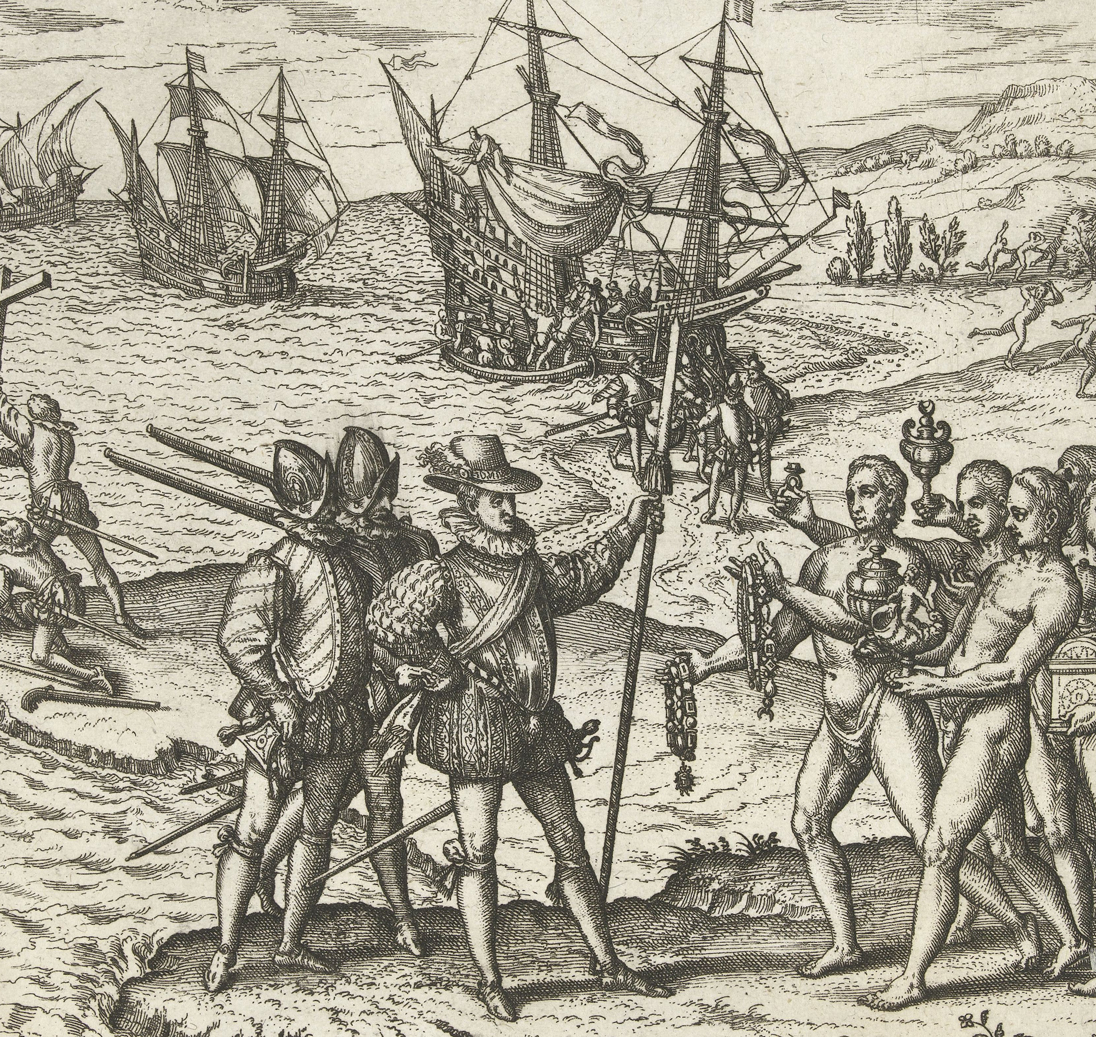
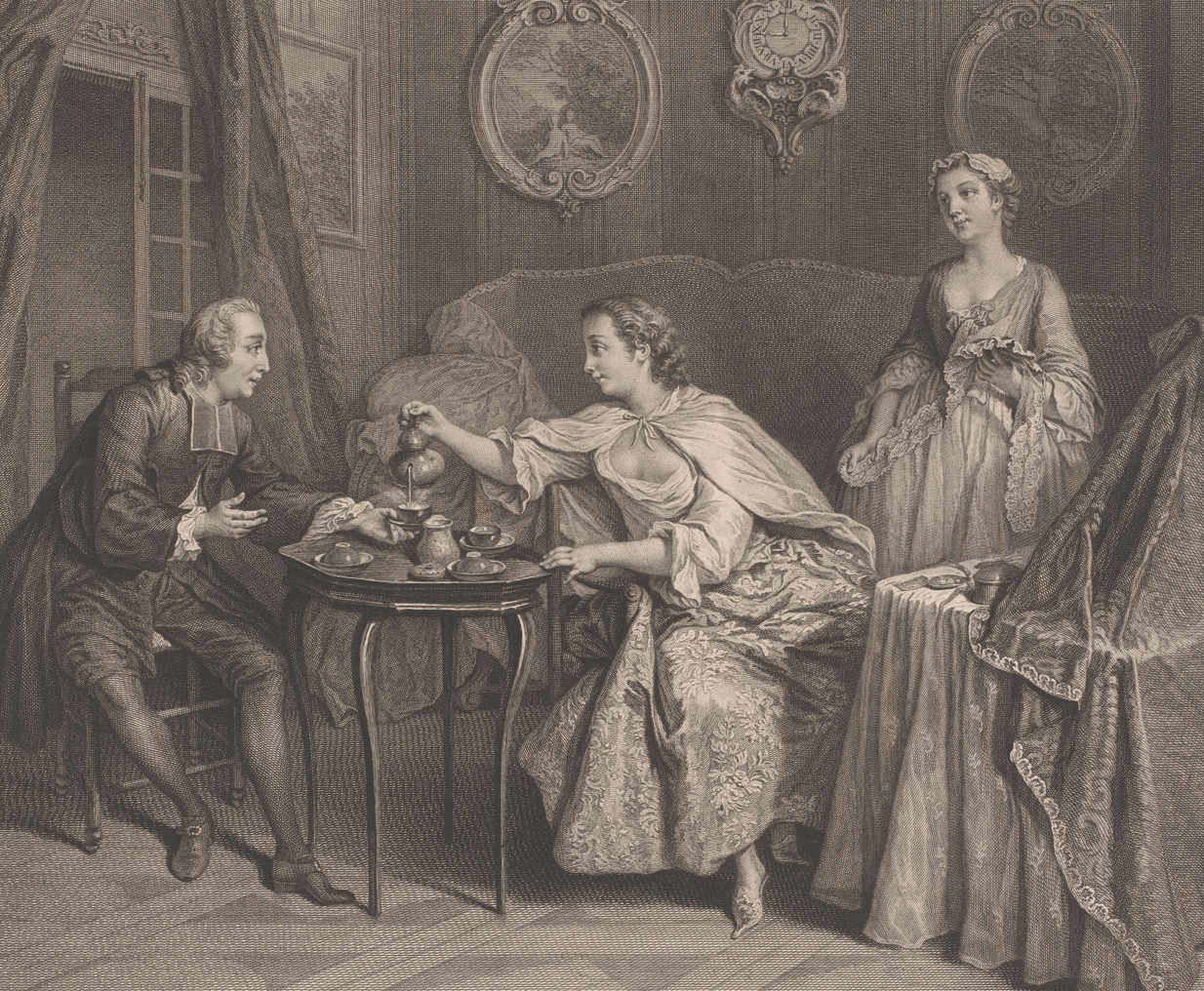
1908
In 1908 the Dutch returned the coffee business into the hands of the local people, in accordance with their new ethical policy in regards to colonial exploitation.
Since then Indonesia has been developing many directions of unique flavors in coffee, that formed over a 350 year old history with the plant.
Indonesia’s colonial masters did contribute immensely to the development of coffee in Java. After all, it was they who first introduced coffee to Indonesia, planting their pioneering seeds in 1696 at what was known as the Kedawoeng estate on the outskirts of Batavia, present-day Jakarta, the capital city of Indonesia.
The experiment in Kedawoeng turned out to be a success with the coffees regarded as being of a very high quality. By the start of the 18th century, coffee from the estate was sent to botanical gardens around Europe, including King Louis XIV’s Royal Botanical Garden, which later spread it to France’s colonies in the West Indies, eventually reaching South and Central America.
While the Kedawoeng estate no longer exists, many plantations left by the colonies are still in production, several of them are run by state-owned companies.
One notable mention is PT Perkebunan Negara XII. The company runs six estates in East Java with a combined size of 5,600 hectares.
While most of the produce is Robusta coffee, the company still grows one of the world’s finest Arabicas at its estate in Jampit.
We hope you enjoyed the History of coffee in indonesia, NOW ARE YOU READY FOR A JOURNEY INTO THE BEST COFFEE INDONESIA HAS TO OFFER?
Coffee varieties, varietal, cultivar; What does it all mean?
WHY ARE COFFEE VARIETIES IMPORTANT? How important coffee varieties are depends on your role in the coffee supply chain. If you’re a consumer, you migh...
KOPI LUWAK, THE MYTH, THE Legend AND THE SHIT
MYTHS AND LEGENDS AROUND THE KOPI LUWAK TOPIC. A few sentences of introduction – what exactly is kopi luwak? For those unfamiliar with the Kopi Luwak ...
GET TO KNOW OUR GAYO
4°33’32.1″ N 96°52’08.1″ E 3X PICK GAYO SEMI-WASHED Find out more about our 3X PICK GAYO SEMI-WASHED below. COFFEE FROM THE GAYO REGION OF SUMATRA Cof...
